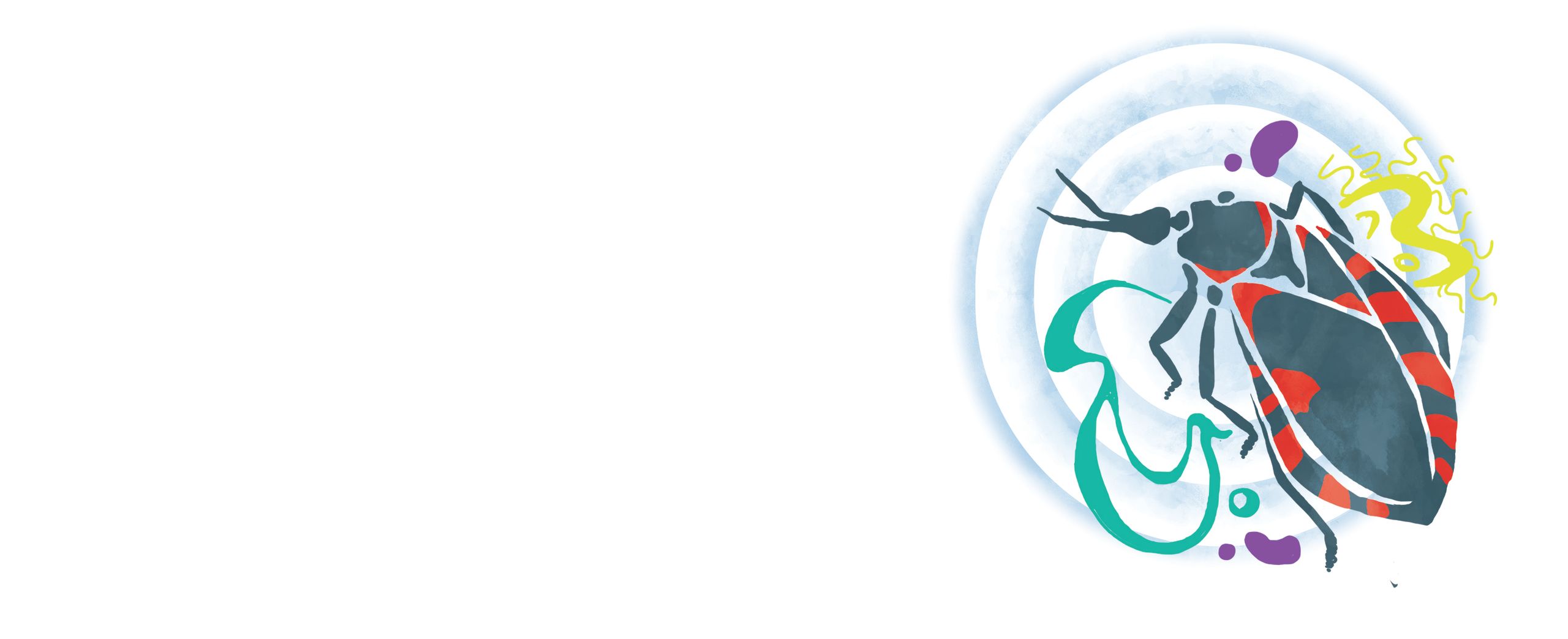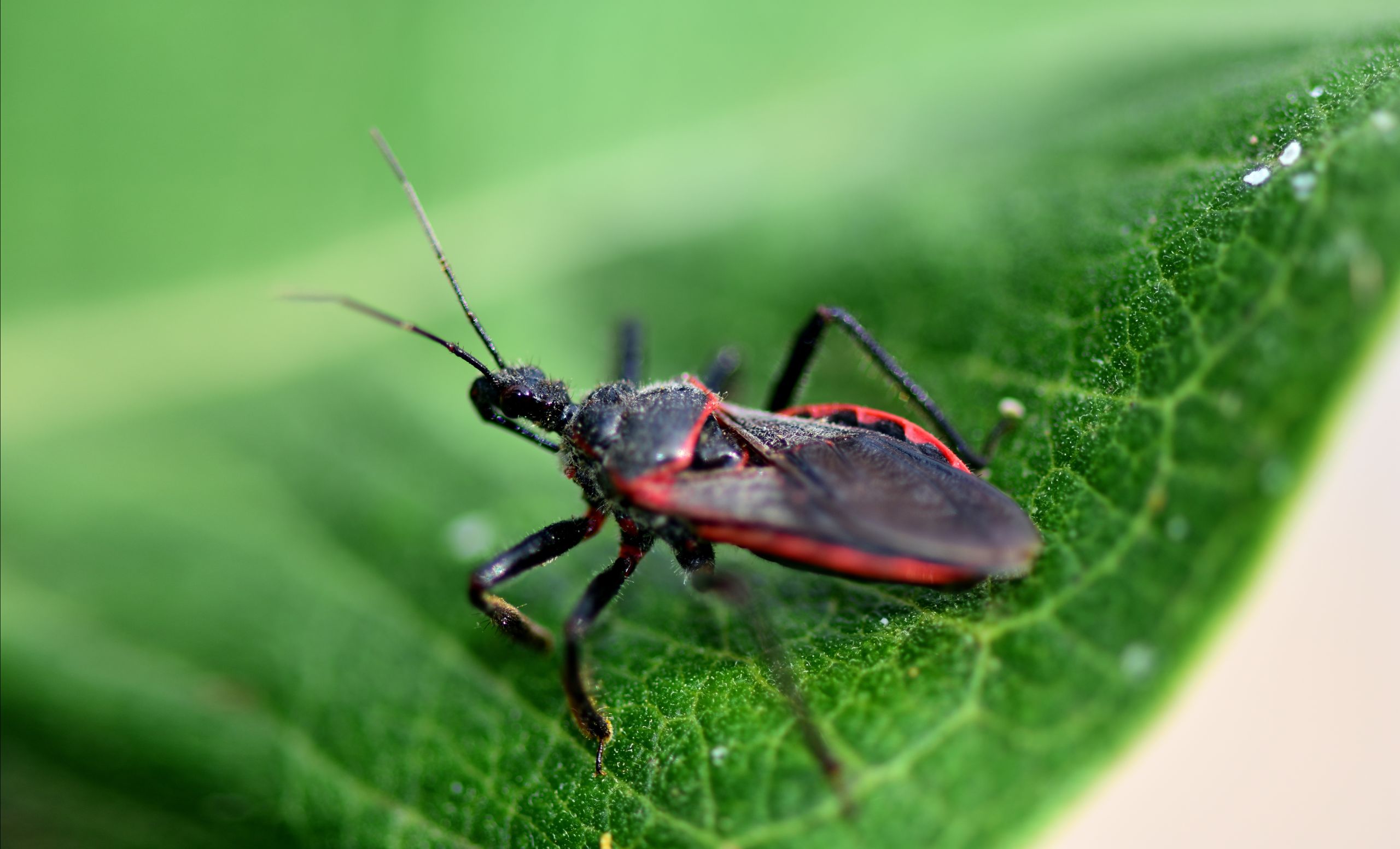Bugs & Bacteria
Kevin Vogel searches for the key to disease control in kissing bugs' guts


People are omnivores. They need protein, but they also need the vitamins and minerals provided by vegetables and grains in order for their cells to function.
Insects that rely solely on blood for their meals need a lot of those same vitamins and minerals, but they don’t have the option of eating a vegetable plate to boost their nutrition. That’s where their gut bacteria come in.
Kevin Vogel, an assistant professor of entomology in the University of Georgia College of Agricultural and Environmental Sciences, studies the gut bacteria of hematophagous — or blood-eating — insects, including Chagas disease-carrying kissing bugs.
Kissing bugs earned their adorable-sounding nickname for their gruesome feeding habits. The insects bite their victims on the face while they’re sleeping, suck their blood and often leave behind droppings containing the parasites that cause Chagas. Chagas disease is debilitating and causes a range of symptoms from localized swelling and fever to organ failure.
Vogel is curious about the interaction of these harmful pests and the gut bacteria that allow them to produce vitamins not present in their favorite food — blood.

Illustration by Caitlin Lemoine
Illustration by Caitlin Lemoine
“These guys only eat blood,” Vogel explained about the kissing bugs. “And as much as that’s a high protein source for them, it lacks the B vitamins that they need to be healthy insects. What these bacteria do is provide the B vitamins for them.”
Almost all blood-feeding insects have coevolved with a species or two of symbiotic bacteria that allow them to produce B vitamins, but most insects house their symbiont bacteria in specially evolved cells. Because the bacteria can only live inside insect cells, they are almost impossible to isolate and study, Vogel said. Kissing bugs, on the other hand, keep a ready supply of their bacteria in their digestive tract.
“The reason that I’m interested in kissing bugs as a model for how insects and microbes interact is because we can culture most of the bacterial symbionts of the kissing bug and genetically manipulate them — so change their genomes and see how those changes affect their relationships,” he said.
Understanding the relationship between the bugs and their gut bacteria can teach us valuable lessons about evolutionary biology, but it also may help scientists describe better control methods for kissing bugs or Chagas disease. •


